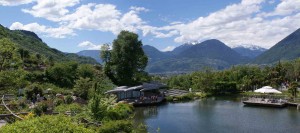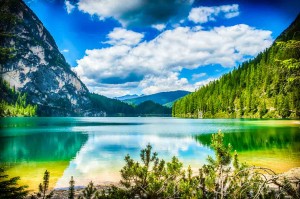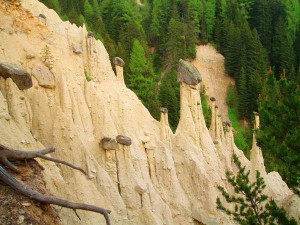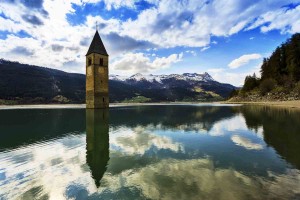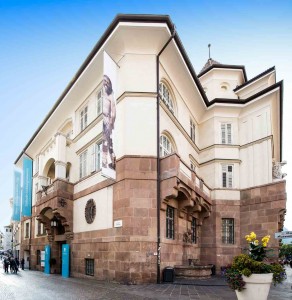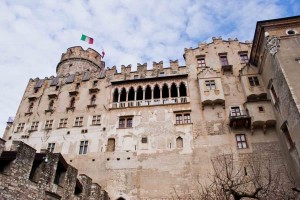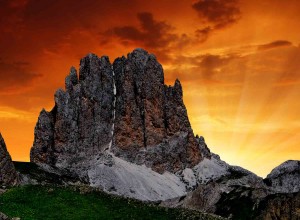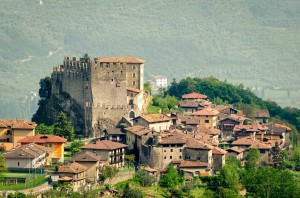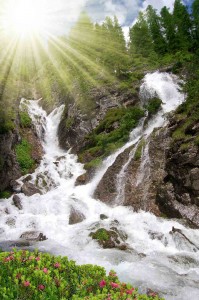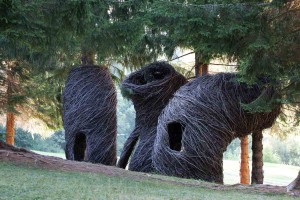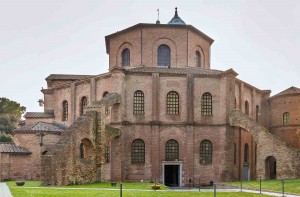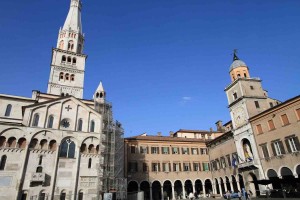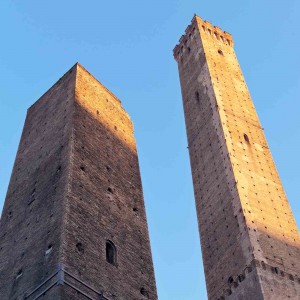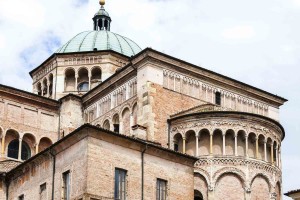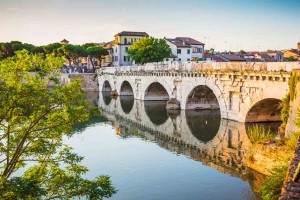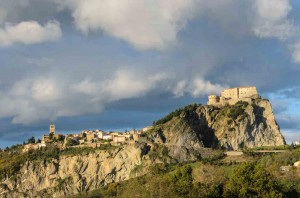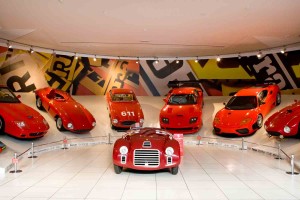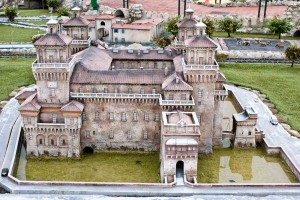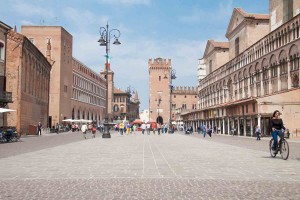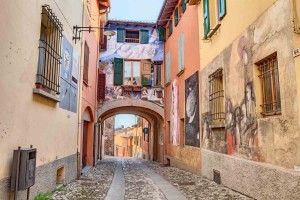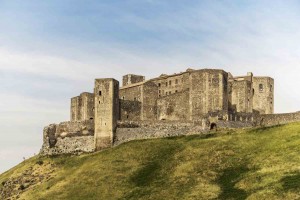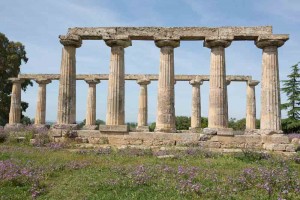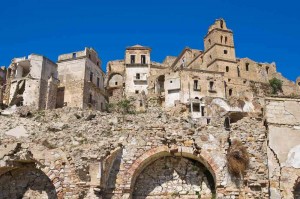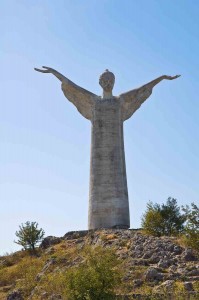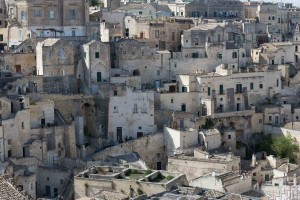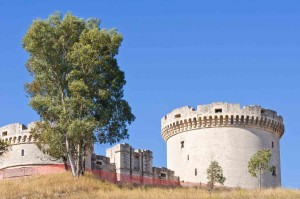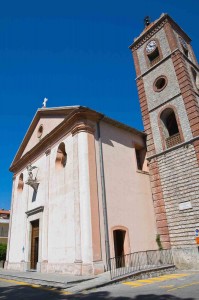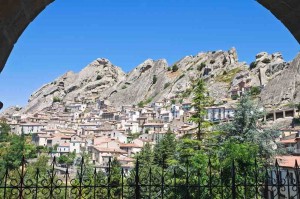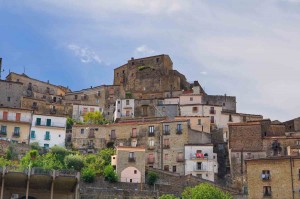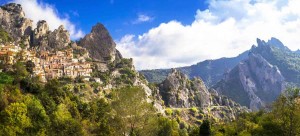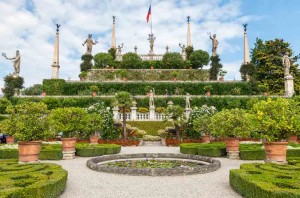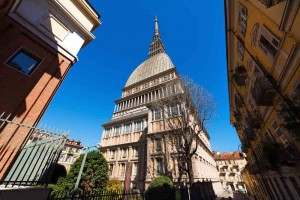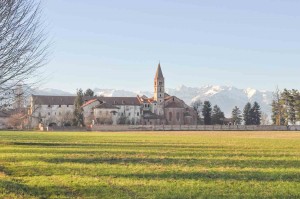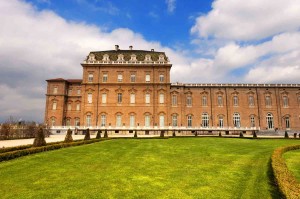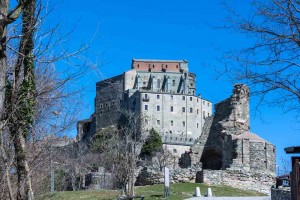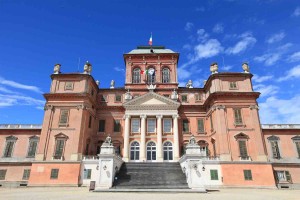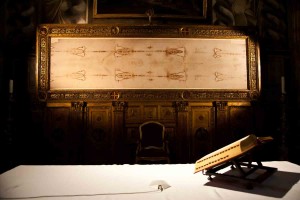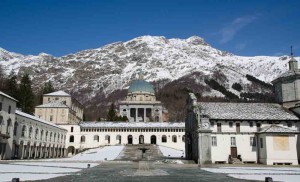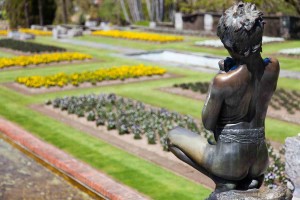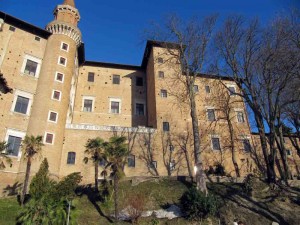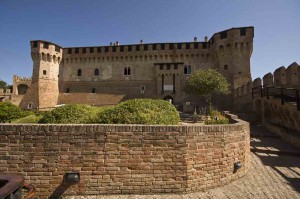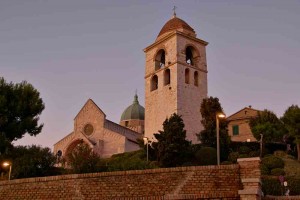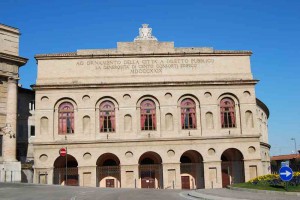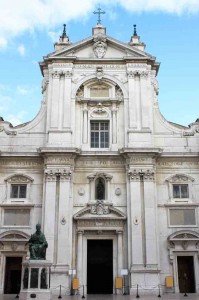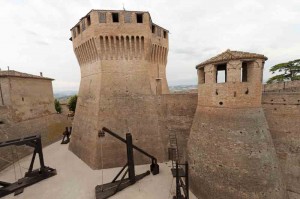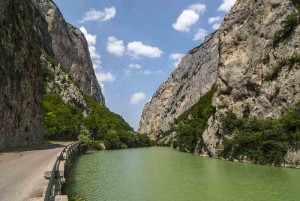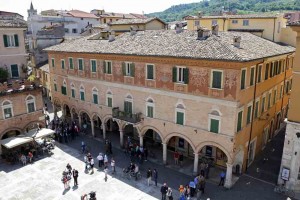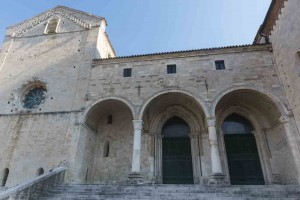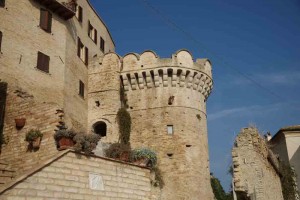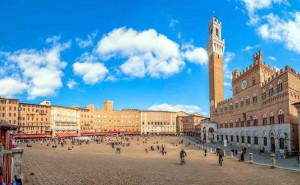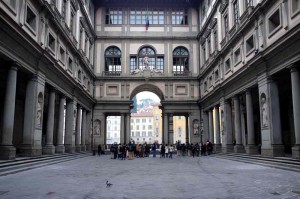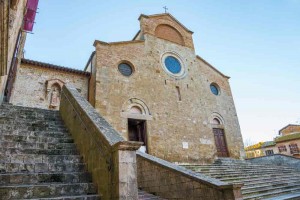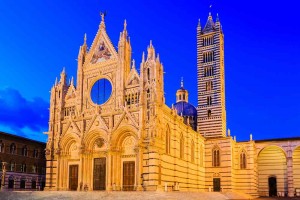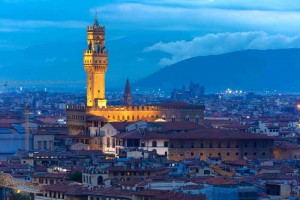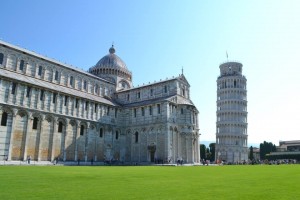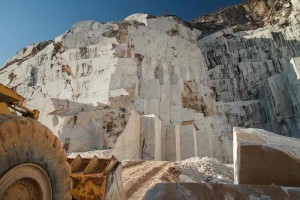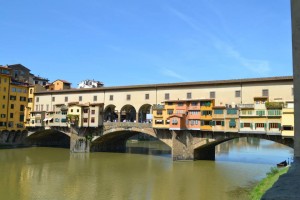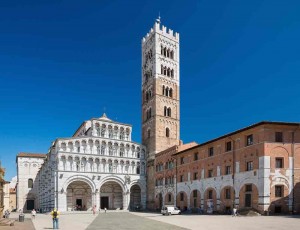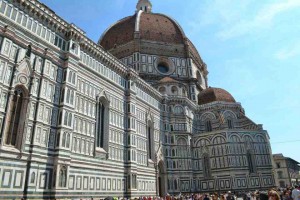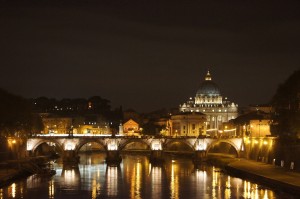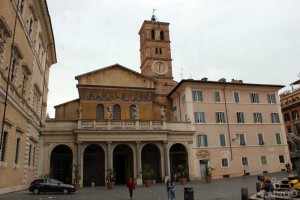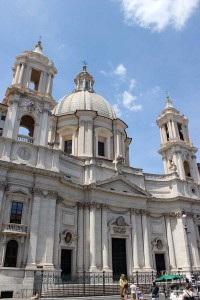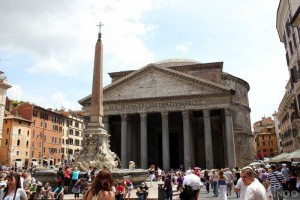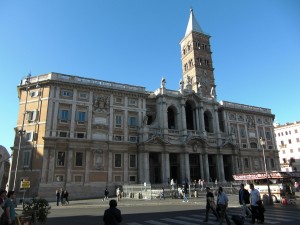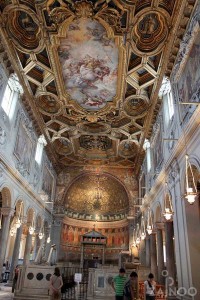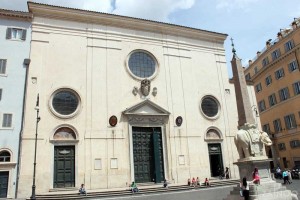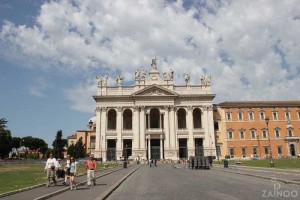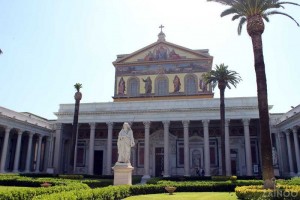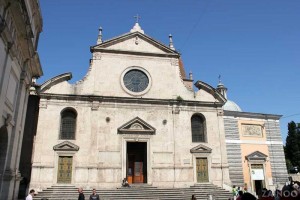Without a doubt, Trentino-Alto Adige is one of Italy’s most exciting regions with its long, ever-changing history, a certain degree of autonomy and several official and minority languages. On a scenic level, the Alps dominate this region. Enormous rock giants alternating with lush nature, clear lakes, rambling valleys and fascinating insights into (pre)history are waiting for you here. The top 10 sights of Trentino-Alto Adige list by ZAINOO introduces you to destinations you absolutely have to visit.
The botanical gardens of Trauttmansdorff Castle in Meran
Year after year the gardens around Trauttmansdorff Castle at the outskirts of Meran attract hundreds of thousands of visitors. There’s a difference in level of more than 100 metres with the gardens being situated on different terraced levels. You can discover different vegetation zones in various themed areas, such as South Tyrol’s forests, Mediterranean nature, a Renaissance maze and classic British geometrical shapes. The gardens are also home of numerous artist pavilions, exhibitions and event. You also need to look into the castle, where a museum retells the story of South Tyrolean tourism.
Lake Prags
Located amidst the grand mountain region of South Tyrol, numerous mountain lakes emanate beauty and brilliance beyond compare. One of those is Lake Prags, part of the UNESCO World Heritage Site Dolomites. According to legend, the now blocked gate to the underworld was located at the south end of the lake. The blazing waters are located at an altitude of 1,494 m and serve as starting point of numerous hiking trails and mountain tours. You should set aside an afternoon to go on the particularly popular walk around the lake.
Earth pyramids of Platten
A very special natural spectacle can be observed on the municipal territory of Percha in close proximity to Bruneck. The earth pyramids of Platten developed over the course of hundreds of years due to landslides, severe storms, and repeated washing away and lixiviation. What remained are clayey, columnar structures, on which stones and rocks rest. The earth pyramids change their colours depending on time of day and light incidence. Best combine visiting this breathtaking natural spectacle with a brief hike starting in Oberwielenbach.
Lake Reschen
There are many reservoir lakes in the region Trentino-Alto Adige, but can you think of one that has a church spire smackdab in its centre? Up to 1950, Lake Reschen consisted of three different lakes. After the inhabitants were relocated, the entire village of Graun and parts of Reschen were flooded. The church spire of the former village of Graun, however, was not demolished due to monumental conservation and still rises out of the water. You can allegedly hear the bells ringing in the deep from time to time. Lake Reschen is particularly popular with kite-surfers. Depending on the season, the surroundings are ideal for hiking or skiing.
South Tyrol Museum of Archaeology
One of the most important archaeological museums can be found in Bolzano. Lots of visitors mostly want to see the Man from Tisenjoch, better known as Ötzi the Iceman. This far over 5,000-year-old glacier mummy found in 1991, its living environment and presumed way of life form an important part of this museum. Beyond that, you shouldn’t miss all the other important archaeological findings displayed here across several floors. There are exhibits ranging from the Palaeolithic to the Migration period. Exciting travelling and special exhibitions round off your visit of this fascinating institution.
Buonconsiglio Castle
A limestone building with multiple wings with its oldest parts dating back to the 12th century rises on a ledge in the northeast of Trento. The listed Buonconsiglio Castel once served as the domicile of Trento’s prince-bishops, before French forces and, later on, the Habsburgs used the impressive castle as barracks. When you’re wandering through the fascinating halls and rooms with their many ornaments, pillars and ceiling fresco today, you will come across two museums and an art gallery with paintings of renowned artists including an entire section dedicated to Rembrandt.
Rosengarten
The origin of the name Rosengarten is shrouded in etymologic theories. It has nothing to do with botanic glory, however – the Rosengarten group describes a mountain range in the South Tyrolean and Trentino Dolomites. A total of ten summits rise up high in an altitude area of 2,600 to 3,000 m. According to legend, the fascinating alpenglow comes from a curse that King Laurin put on the Rosengartenspitze. Most of the mountain group is part of the natural park Schlern-Rosengarten with its fascinating hiking trails and summit tours.
Medieval village Canale di Tenno
Look forward to a walk through a medieval village, which has retained its original character, in the hinterland of Lake Garda. After the end of World War II, the inhabitants of Canale di Tenno left to make their fortune somewhere else turning the place into a ghost village. It has since become an open-air museum of sorts with narrow alleys, ancient houses and wooden balconies emanating 13th century charm. The mild altitude grants you perfectly clear views onto Lake Garda below.
Natural park Adamello-Brenta
Among the grandest natural sites of the region Trentino-Alto Adige is the natural park Adamello-Brenta spreading across 620 km² and several mountain ranges. Beyond the mighty, 3,554 m high Adamello, the natural park is particularly known for its more than 50 lakes and grand landscape, home of fascinating herbs, flowers and wild fruit. Its wildlife on the mountains and in the valleys is rather impressive as well: chamois and brown bears have found a home here. Who knows, you might catch a glimpse of them during one of your hikes! All you need is a little bit of luck and good binoculars.
Arte Sella
Every other year the forests and meadows of the ample valley Val di Sella in the municipality Borgo Valsugana turn into an exhibition space of one of the largest events for contemporary art in Central Europe. The Arte Sella stretches along an approx. 3 km long path with its natural trail ArteNatura being open to the public throughout the entire year presenting fascinating exhibits amidst unspoilt nature and cool forests. Concerts and theatre performances are also part of this event – an absolute must-visit for open minds and free spirits.
Its grand, diverse nature alone makes the region Trentino-Alto Adige worth visiting. Many fascinating historic sites surround the spectacular natural scenery matching their ubiquitous beauty and evoking the memory of days long gone. Simply click through the offerings of ZAINOO to find many more suggestions, tours and ideas for your next holiday in Italy!
